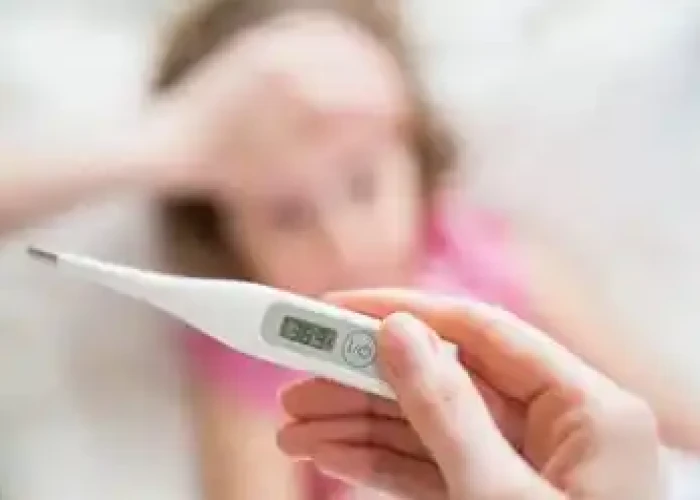 Welcome
Welcome
“May all be happy, may all be healed, may all be at peace and may no one ever suffer."
Nearsightedness - Yoga remedies
Nearsightedness, also known as myopia, is a common vision condition that affects the ability to see objects at a distance clearly. People with nearsightedness have difficulty seeing objects in the distance but can see objects that are close up.
Nearsightedness occurs when the shape of the eye causes light to focus in front of the retina instead of on it. This can be due to a longer than normal eyeball, a cornea that is too curved, or a combination of both.
The condition often develops during childhood and may worsen during the teenage years. Genetics, environmental factors, and certain medical conditions can also contribute to nearsightedness.
Symptoms of nearsightedness may include:
- Blurry vision when looking at distant objects
- Difficulty seeing road signs or the chalkboard in school
- Squinting or straining the eyes to see clearly
- Headaches and eye strain
To diagnose nearsightedness, an eye exam by an optometrist or ophthalmologist is necessary. The exam may include a visual acuity test, where the patient reads an eye chart from a distance, and a refraction test, where the doctor determines the best lens prescription to correct the nearsightedness.
Treatment options for nearsightedness include:
- Eyeglasses: Eyeglasses with a concave lens can correct nearsightedness by helping to focus light on the retina.
- Contact lenses: Contact lenses can also correct nearsightedness and provide a more natural field of view.
- Refractive surgery: Refractive surgery, such as LASIK, can reshape the cornea to improve vision and reduce or eliminate the need for glasses or contact lenses.
- Orthokeratology: Orthokeratology involves wearing special contact lenses overnight that temporarily reshape the cornea to improve vision during the day.
Nearsightedness can usually be corrected with eyeglasses, contact lenses, or refractive surgery. It is important to have regular eye exams to detect and treat any vision problems early.

Heart disease

Maternal gland is weak

Sick

Acid reflux

Fever

Digestive system is weak

Leukorrhea

Boil
Nearsightedness, দৃষ্টিক্ষীণতা
To be happy, beautiful, healthy, wealthy, hale and long-lived stay with DM3S.
